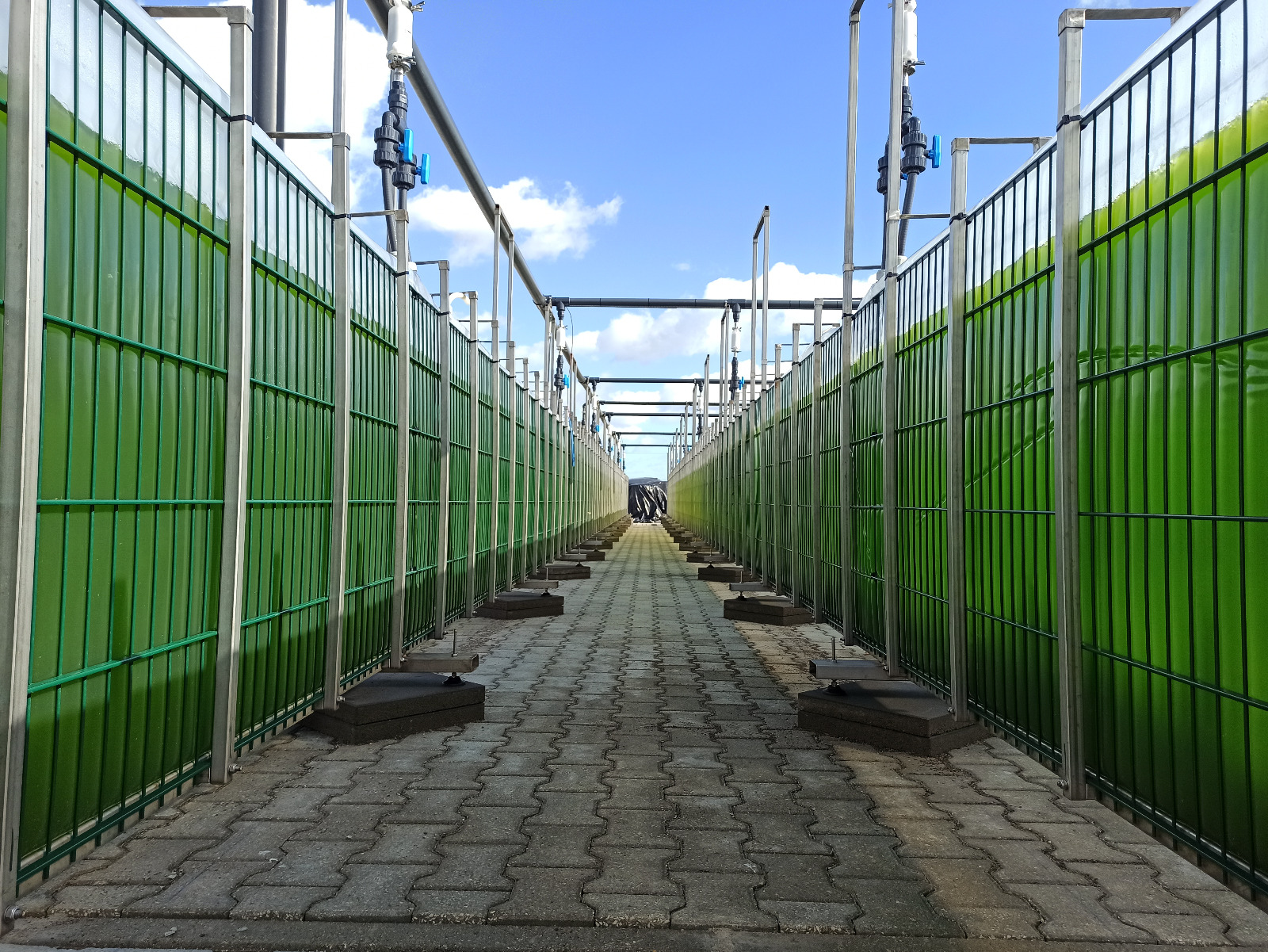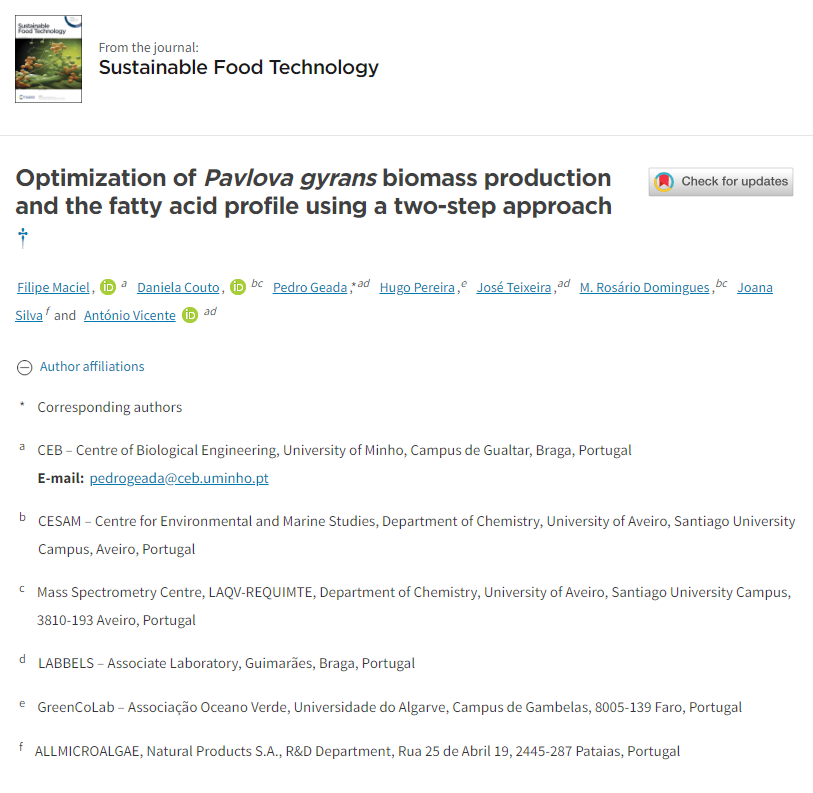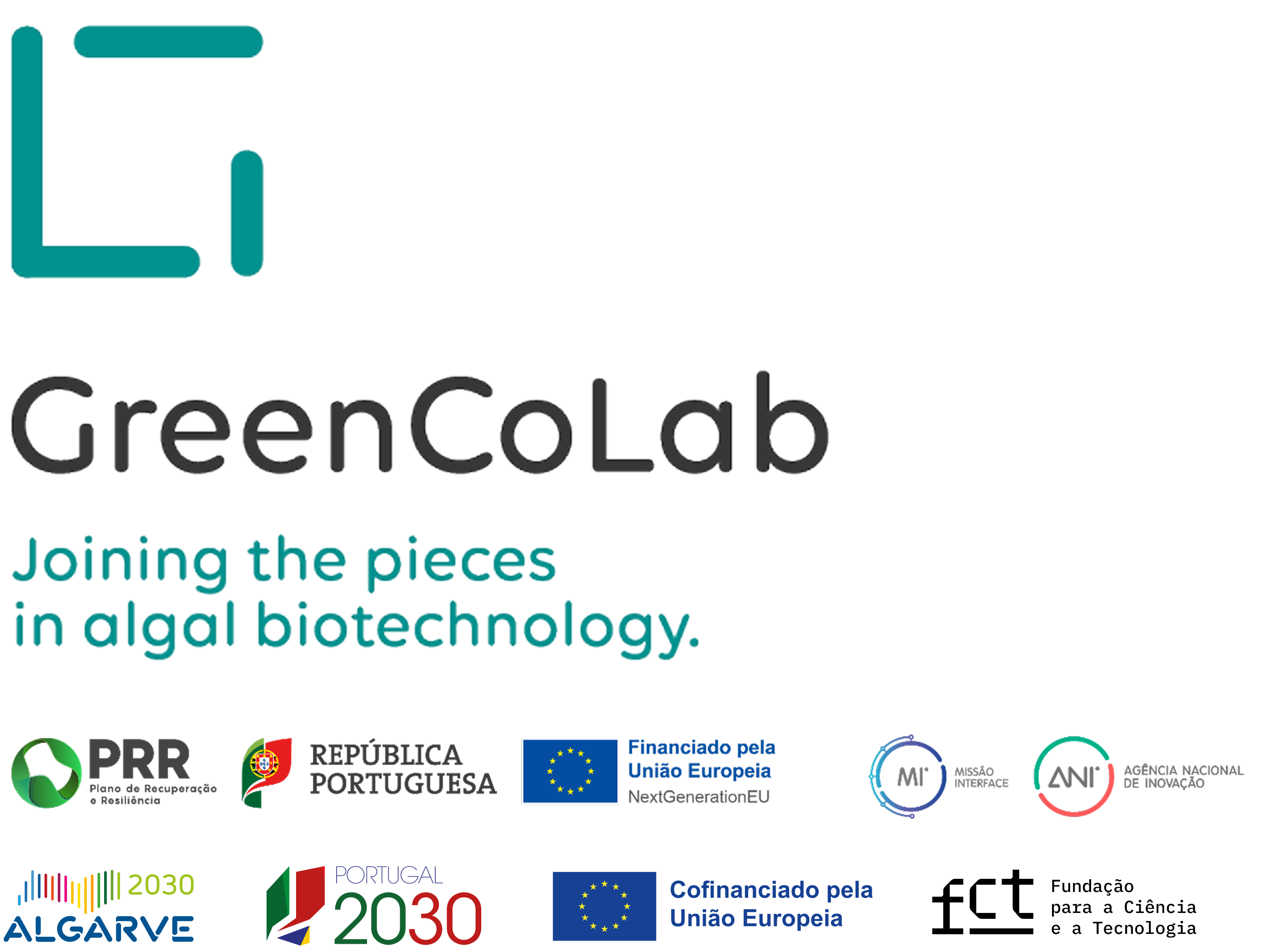

TITLE
Optimization of Pavlova gyrans biomass production and the fatty acid profile using a two-step approach
JOURNAL
Sustainable Food Technology
AUTHORS
Filipe Maciel, Daniela Couto, Pedro Geada, Hugo Pereira, José Teixeira, M. Rosário Domingues, Joana Silva and António Vicente
ABSTRACT
This work aimed to optimize and characterize the biomass production of Pavlova gyrans through a sequential multivariate approach. Among seventeen cultivation parameters, light intensity, NaNO3, and CuSO4·5H2O were identified as the most significative factors (p < 0.10) for biomass productivity. Together with NaH2PO4·H2O, these variables were further studied in order to maximize the biomass production of P. gyrans, with the optimum growth conditions identified as 700 μmolphotons m−2 s−1 light intensity, 1500 mg L−1 NaNO3, 6 μg L−1 CuSO4·5H2O and 40 mg L−1 NaH2PO4·H2O. These conditions allowed a 3.8-fold increase in biomass production (2.26 g AFDW per L) and improved the biochemical profile (p < 0.05) when compared with the control (Walne’s medium). Namely, it was increased the contents of protein (from 10.59 to 30.76% DW), PUFAs (from 37.13 to 47.11% TFA), n − 3 FAs (26.49 to 38.27% TFA), and DHA (from 5.73 to 10.33% TFA). The nutritional value of the microalga (p < 0.05) was also improved, decreasing its atherogenic (AI – from 1.34 to 0.93) and thrombogenic (TI – from 0.45 to 0.24) indices, while the hypocholesterolemic index (HI) increased from 0.96 to 1.63. This work highlights the importance of different growth conditions in P. gyrans, playing a relevant role in the large-scale implementation of this microalga with beneficial nutritional composition for human consumption.



